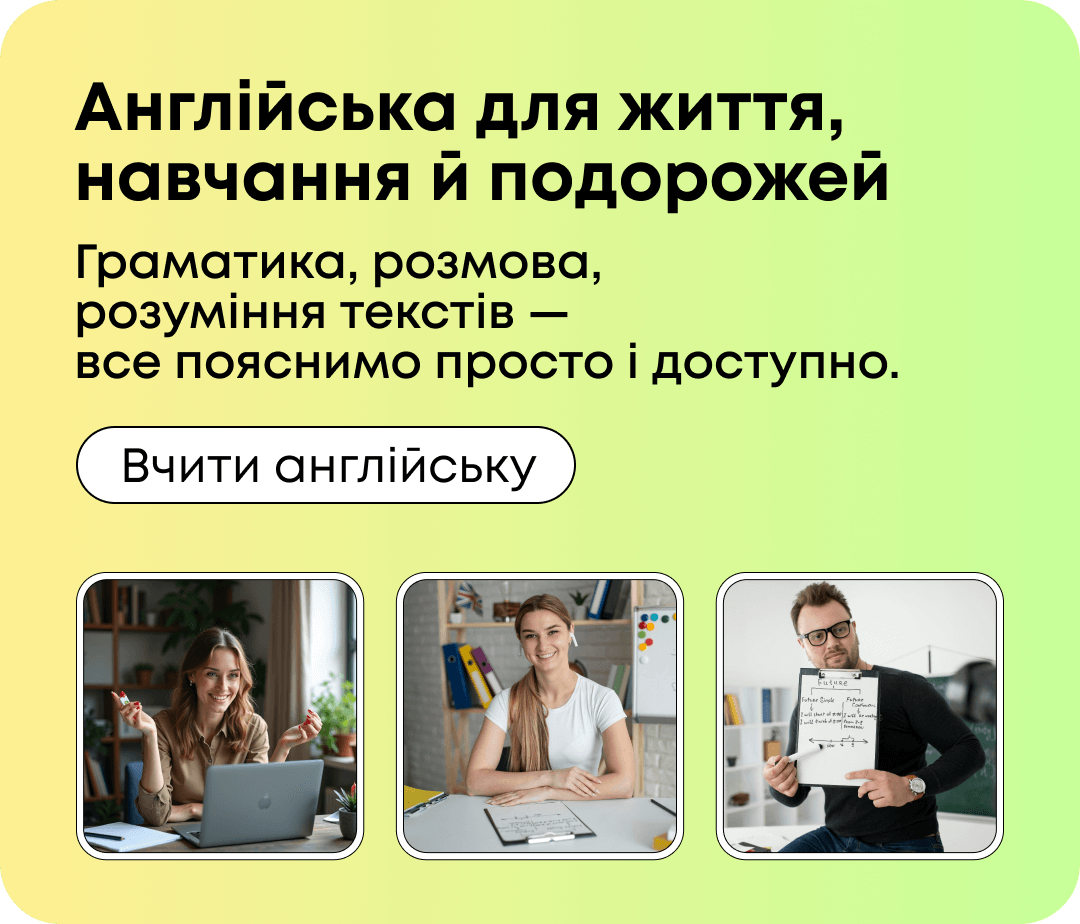Англійські тексти для читання, розбиті по класах. Ідеально підійдуть для тих, хто вчиться в школі:
Тексти для читання для 6 класу
Тексти для читання для 7 класу
Тексти для читання для 8 класу
Тексти для читання для 9 класу
Тексти для читання для 10 класу
Тексти для читання англійською мовою
Англійські віршики для дітей. З перекладом та без, для дошкільного та шкільного віку.








